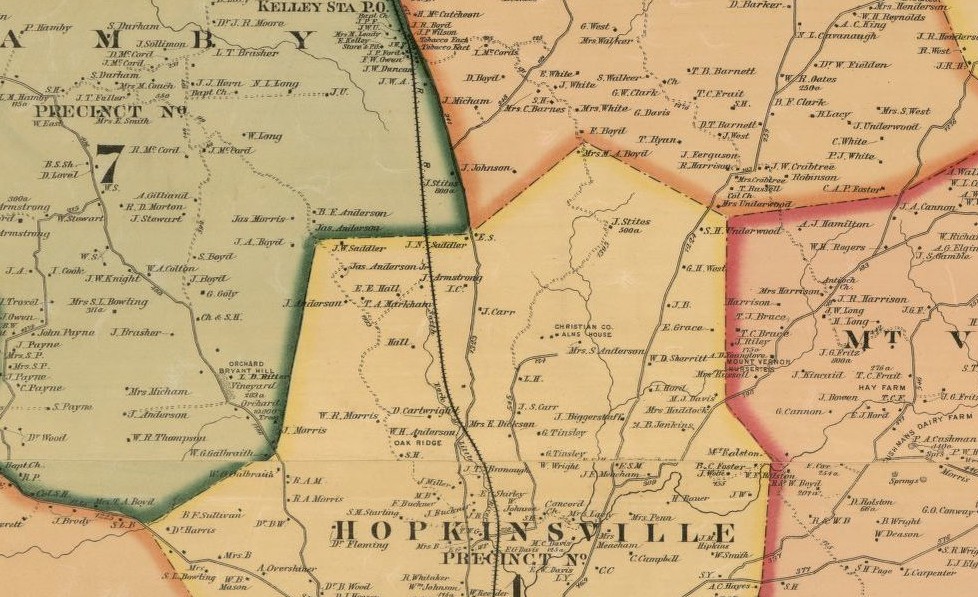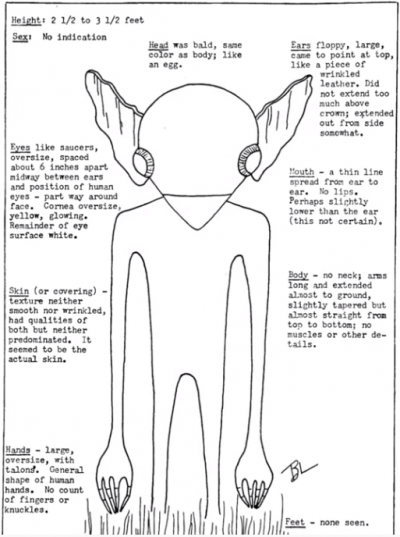After a quick scan through it, for such an early report, it already seems significantly embellished.
A first extract, which is of paramount significance:
'But they were not ordinarily men, they could soon discern. According to some of the witnesses they were not walking, but "seemed to float" towards them".
That's it then! The genesis of this claim does in fact go back to at least our January 1956 article.
That aside, for now, this might be hugely insightful:
"They didn't wait to see what the little men were up to. Extremely frightened by that time, they ran for their guns. Sutton grabbed a shotgun, Taylor a .22 caliber target pistol.
While they waited apprehensively inside the house for the creatures to attack. Mrs. Lankford begged them not to shoot. The creatures had not harmed them or made any hostile moves.
Then a face appeared at the window, and Sutton let go with his shotgun. The face disappeared, seemingly unharmed".
Is this consistent with our pivotal, initial newspaper reports...?
No... there are clearly profound discrepancies
What about those warning shots, fired into the air beforehand, etc.
It is nonetheless an invaluable contribution and requires more detailed study.
Even at a cursory read, there are a number of aspects which further intrigue.
For example:
"Taylor told of knocking one off a barrel with his .22. He said he heard the bullet strike the creature, then whine as it ricocheted off. The little man tumbled to the ground, rallied like a ball, then floated off in the direction of the spaceship".
Really....?
Note: You may find yourself distracted by many other articles in this wonderful snapshot of 1956 perceptions about the reality of flying saucers, how and why the truth is being withheld and that something is imminent.
I think it"s called, 'disclosure'...



